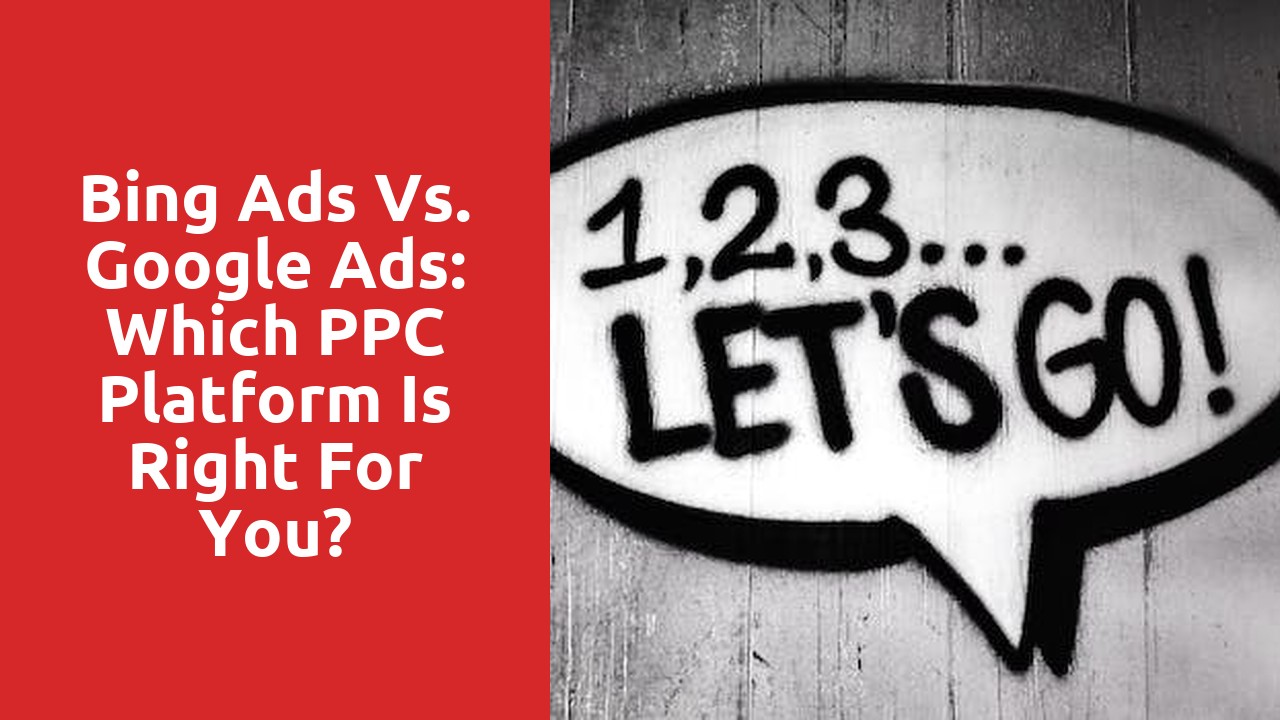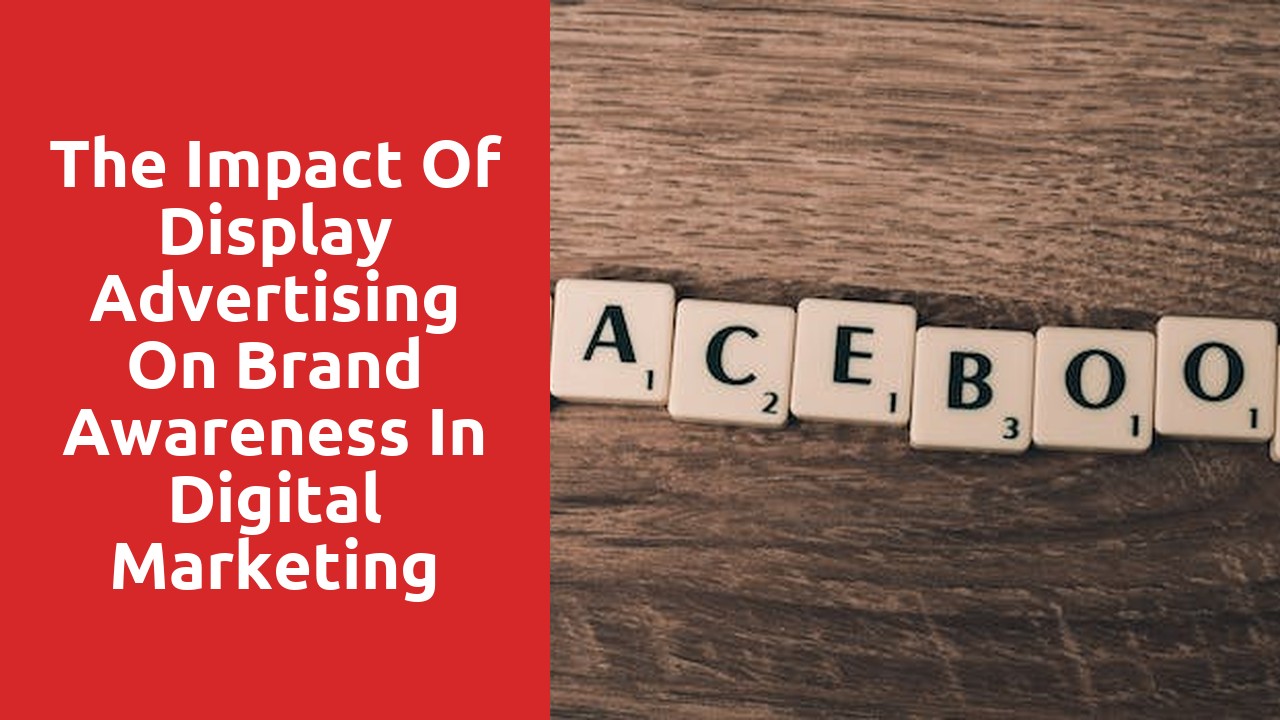Understanding the Purpose of Display Ads in Digital Marketing
Display ads play a crucial role in the realm of digital marketing. These ads are designed to catch the attention of online users and promote brand visibility. With their visually appealing graphics and strategic placement on websites, display ads effectively convey messages and entice potential customers to learn more about a product or service.
The purpose of display ads goes beyond simply raising awareness. They serve as a powerful tool for building brand recognition and credibility. By strategically placing display ads on popular websites that align with the target audience’s interests, businesses can effectively reach their desired demographic. Moreover, these ads can be customized to complement the overall design of a website, enhancing the user experience and creating a seamless transition between content and advertising. As digital marketing continues to evolve, display ads remain a cornerstone of any effective marketing strategy.
Identifying Your Target Audience for Display Ads
There are two key steps to effectively identifying your target audience for display ads: research and analysis. The initial research phase involves gathering data on demographics, interests, and online behavior. By conducting surveys, studying market trends, and analyzing competitor strategies, you can gain valuable insights into the preferences and characteristics of your potential customers.
Once you have gathered the necessary data, it’s time for analysis. This phase involves carefully examining the information you have collected to identify patterns and make informed decisions. Look for commonalities among your target audience, such as age group, gender, and geographical location. Beyond demographics, delve into psychographic factors like hobbies, interests, and values. By understanding the nuances of your target audience, you can tailor your display ads to resonate with them on a deeper level.
Choosing the Right Ad Format for Your Campaign
When it comes to crafting an effective advertising campaign, choosing the right ad format is crucial for achieving your desired results. With an abundance of options available, it can be overwhelming to determine which format will best resonate with your target audience. However, by understanding the unique strengths and characteristics of each ad format, you can make an informed decision that aligns with your campaign objectives.
One popular ad format that has gained significant traction in recent years is video advertising. Videos have the ability to captivate and engage viewers, making them an ideal choice for brands looking to create a lasting impression. Whether it’s a short, snappy video ad or a longer, more in-depth explainer video, the visual and auditory elements of this format allow for storytelling in a compelling and dynamic way. Additionally, video ads can be easily optimized for various platforms, including social media and streaming services, giving your campaign maximum exposure.
Crafting Compelling Ad Copy and Headlines
Creating compelling ad copy and headlines is essential for grabbing and maintaining the attention of your target audience. With countless ads competing for consumers’ attention, it’s crucial to craft copy that stands out from the crowd. Using concise yet impactful language, your ad copy should convey the value and benefits of your product or service in a way that resonates with your audience’s needs and desires. By understanding your target market and tailoring your messaging to their specific pain points, you can create ad copy that not only captures their attention but also compels them to take action.
When it comes to headlines, the first few words are crucial in capturing your audience’s attention. A strong headline should be attention-grabbing and pique curiosity, making readers want to know more. It should communicate the essence of your product or service while creating a sense of urgency or excitement. By using powerful and emotive language, you can create a headline that conveys the unique selling proposition of your offering and compels readers to click on your ad. Additionally, incorporating keywords relevant to your target audience will help optimize your ads for search engines, increasing the chances of your content being seen by interested users.
Designing Eye-Catching Visual Elements for Display Ads
When it comes to designing eye-catching visual elements for display ads, you want to ensure that your ads stand out from the crowd. One way to achieve this is by using vibrant colors and high-quality images that grab the viewer’s attention. Incorporating bold and contrasting colors can create a sense of intrigue and draw the audience in, while well-chosen images that are relevant to the product or service being advertised can make a lasting impact.
In addition to colors and images, the layout and composition of your display ads are vital to their success. A cluttered and confusing ad can easily turn off potential customers, so it’s important to keep your design clean and organized. Utilizing white space strategically can help guide the viewer’s eye and highlight the most important elements of your ad. Consider using a grid system to ensure that your design is balanced and visually pleasing. Remember, less is often more when it comes to designing effective display ads.
Optimizing Display Ads for Mobile Devices
The world of advertising has transformed significantly with the rise of mobile devices. Today, more people access the internet through their smartphones and tablets, making it crucial for advertisers to optimize display ads for these devices. As users interact with their mobile screens in a unique way, it becomes essential to create ads that not only capture attention but also provide a seamless browsing experience.
One key aspect of optimizing display ads for mobile devices is ensuring that they load quickly. Mobile users expect instant gratification, and a slow-loading ad can be frustrating and lead to abandonment. To achieve faster loading times, advertisers should keep file sizes small and minimize the use of heavy graphics or animations. Additionally, leveraging caching techniques can help maintain a smooth browsing experience by preloading ads or storing frequently-accessed elements locally on the device. By prioritizing speed, advertisers can maximize engagement and improve user satisfaction.














